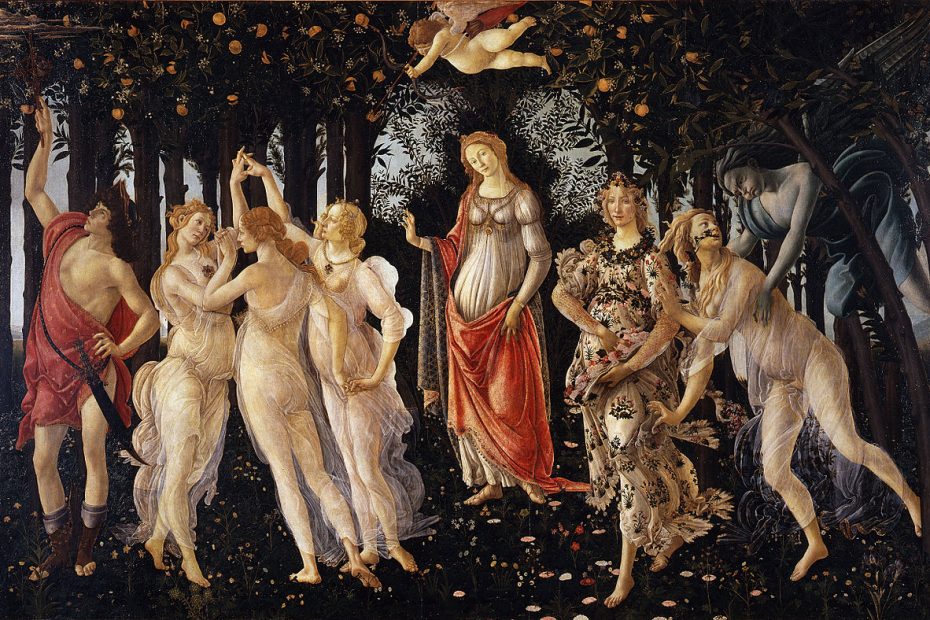Italian folklore is full of creatures and sprites with magical powers, but the most powerful of all are without any doubt the witches.
Historically, women labelled as witches were tried by the Inquisition on charges of devil worshipping, but there are different, older traditions concerning these women and their powers.
In Piedmont, we have the masche, my favourite type of witch. Tradition has it they are immortal women capable of changing into animals and plants, or astral projecting. In order to die, a masca needs to pass her power over to a family member – another woman or, less often, a man, a mascone. They have a book, the libro del comando (book of control), that gives them even more power, making them able to glimpse the future or the past according on how they read it. They can be mischievous, but are overall considered benevolent.
In Southern Italy, especially in the Benevento province, we have the janare, witches who steal young mares at night to go dancing under a walnut tree, where they would worship the devil in its goat shape. The janare were able to brew a concotion that would make them immaterial and light as air, so the only way to capture a janara was to grab her hair, and then answer her questions in the correct way. The witch would ask ‘che tie’ ‘n mano?’ (‘what are you holding?’), and the correct answer would have been ‘fierro e acciaio’ (iron and steel), so that she couldn’t get free. If one answered ‘capiglie’ (hair), the janara would in turn answer ‘then I’ll slide away like an eel’, and she would run away free. Another way to trap them was to plant a sack of salt in front of the stables door: the janara would spend the night counting the grains of salt, and in daylight she would flee
In Sardinia we have the cogas, evil witches that sneak into good christians homes to kill their babies. Similarly to the janare, to protect one’s home from the coga, you had to put a rosary on the baby’s cradle: the coga would stop to count the rosary’s beads until daylight. They can be spotted among other women because they’re born with a piece of tail, but be careful, they can shapeshift!
In Lombardy there’s the giubiana, a skinny witch with impossibly tall legs who lived in the woods and, the last thursday of January, would come out to search for a child to eat. Tradition has it someone, to stop her, cooked her a giant pot of risotto, which the giubiana ate all night long, until sunlight hit her, turning her to dust. So, each last thursday of January, we burn a puppet symbolizing the giubiana, a simble of the old year herself, and eat delicious risotto cun ta luganega (a kind of sausages)
Apart from these specific witches, Italy is full of traditions that have deep roots in ancient paganism, such as the Abracadabra triangle, worn like an amulet by people in Lucania, or the donne de fora in Sicily, thirty-three powerful Ladies who could leave their bodies in order to announce good or bad luck to people. Each region has its own ancient gods – Maimone, Ecate, Diana – which still live on thanks to traditions so old their origins are forgotten. Even the cult of the Saints, so strong in Italy, has a bit of pagan flavour itself.
Christmas itself, after all, was once the Sol Invictus fest.
